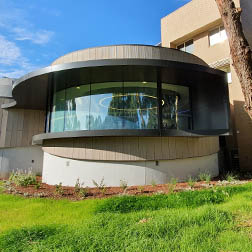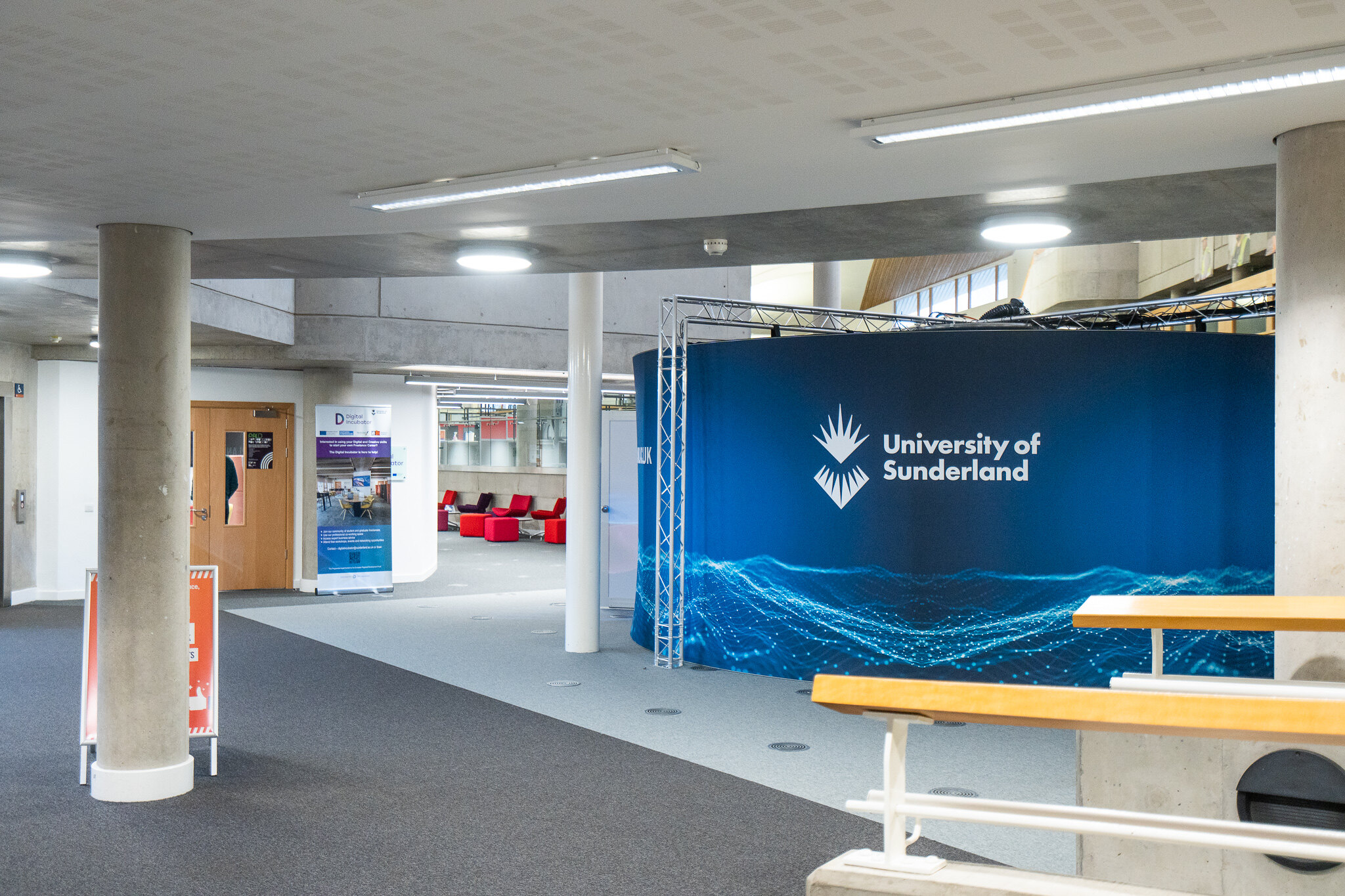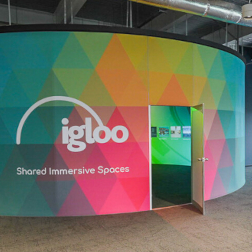

Floor space in the lab is at a premium, so we proposed a 210° screen that can be easily stored then quickly erected whenever it is needed. Meanwhile, the projection and audio system are permanently fixed, meaning even quicker set-up times and little need for warping.
The simulator is primarily used to research reaction times and decision-making in sport-related situations. By using digital media to immerse participants in unfamiliar surroundings, psychological effects can also be assessed. And the benefits of the system have been covered by Education Technology magazine.
A primary reason for using Igloo was the fact that VR headsets would cut the athletes off from their own bodies, and from their teammates. With the Igloo, research participants still get a sense of presence, without being isolated in a hedaset.
Over seven years later, the space is still there and deeply embedded into the curriculum, whilst being used for a growing range of research.
Since the installation, the University of Brighton has had the chance to reflect on its findings in its Immersive Digital Teaching and Learning blog. The post includes an excellent summary of the pros and cons of using a shared immersive space and covers everything the University has learnt about them over the years. It makes for a fascinating read.
And we’ve put together a white paper offering our perspective on the University’s observations, with all the updates that have come in over the past few years.
“We did think about using VR headsets, but there are too many potential issues. For example, as a sports person, you need to see your own body. You also need to be able to move freely. And, often, you need to see your teammates, and arrive at a collective decision. You can’t do this properly when you are wearing a headset.”
Dr Nicholas Smeeton
Principal Lecturer, Sports and Exercise Psychology





